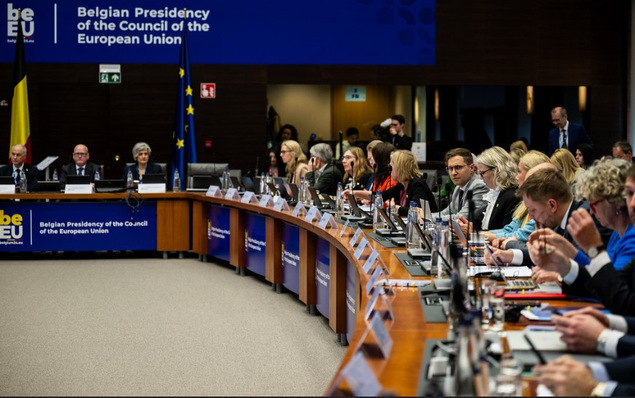Empa researchers have once again improved the efficiency of flexible CIGS solar cells. Independently certified measurements showed a value of 22.2 per cent in the conversion of light into electricity, which is an improvement on the previous record value of 21.4 per cent. The efficiency was independently confirmed at Fraunhofer ISE in Freiburg. By comparison, the maximum efficiency of a rigid solar cell made of crystalline silicon is 26.7 per cent.
Several efficiency records already set
Flexible CIGS solar cells consist of thin layers. Among them is a compound of the elements copper, indium, gallium and selenium. The layers are deposited on flexible polymer substrates, mainly by a vacuum process. Ayodhya Tiwari and his team at Empa have been researching flexible thin-film solar cells for more than 23 years. With their profound knowledge of the technology and the substantial physical processes, they have set several efficiency records over the years.
See also: Fraunhofer ISE shows flexible solar cells without busbars
But given the already very high efficiencies, any increase, no matter how small, requires careful study of the factors limiting energy conversion and innovative approaches to address them. The current increase in efficiency is due to the alloying of the light-absorbing semiconductor layer to improve its electronic properties.
Flisom already manufactures the flexible solar modules
Flexible and lightweight solar modules with this technology are particularly suitable for applications on roofs and facades of buildings, on greenhouses, vehicles and airships, as well as for portable electronics. Empa is working with the Swiss company Flisom on the roll-to-roll production of lightweight, flexible solar modules for such applications. (nhp/mfo)
Also interesting: PV tubes and green roofs







